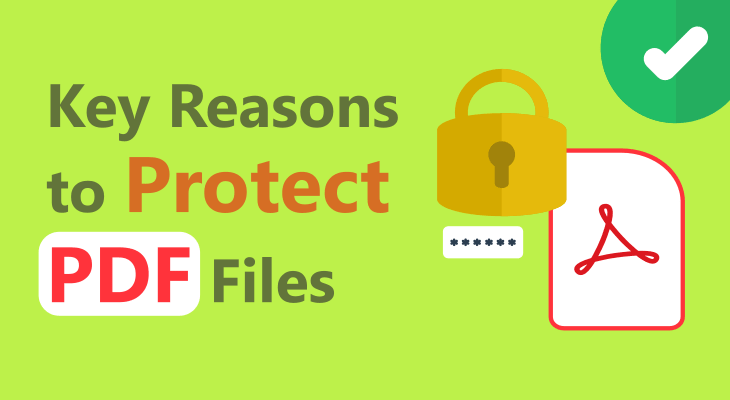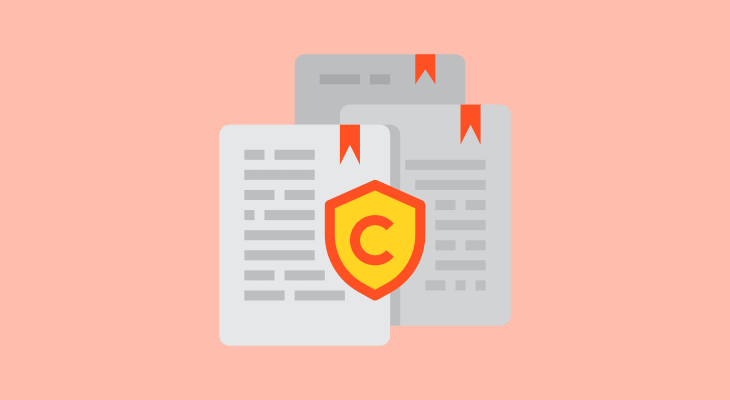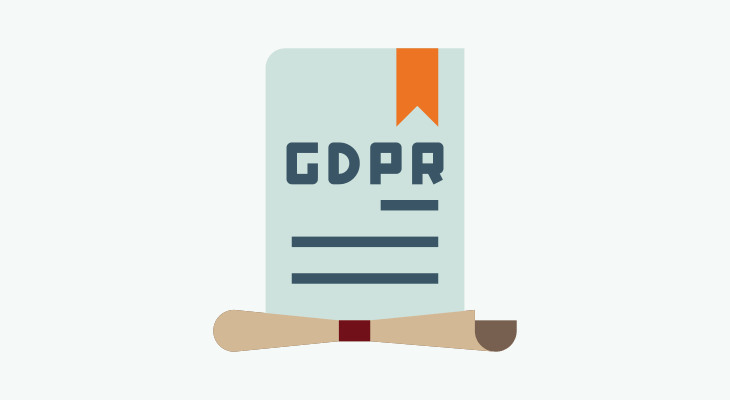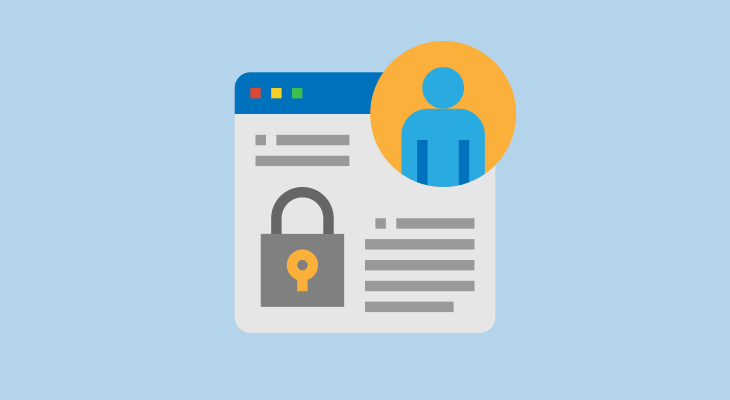7 Key Reasons to Secure Your PDF Files

Portable document format (PDF) files have proven to be a safe and convenient way for distributing personal or private information on the web.
The tremendous increase of data’s value has brought about the development of data-driven cultures which in turn imposes the need for secure file transfer solutions.
Each individual or business has their own reasons and needs for protecting their PDF files. The core importance of securing the files is to control who can access the document, or control who can make changes to it. But, the type of protection that you should implement for the files will depend on your objective and the particular content of the files.
Even though the PDF files are one of the most used types of files, it is surprising how little individuals or companies utilize its possibilities for building a high level of security within the file itself. Whatever the reasons for that may be, seeing why your PDF files need to be secured will most definitely encourage you to do so.
If that got you curious, make sure to check the list below on why you need to protect your files, and how to do it before you simply share them with someone.
- To Maintain the Integrity of the Content
- To Limit the Access
- To Protect the Copyright
- To Ensure PDF Compliance
- To Stop Unwanted PDF Sharing
- To Stop Unwanted PDF Printing
- To Prevent Caching When Viewing a PDF on the Web
1. To Maintain the Integrity of the Content

Content integrity refers to making sure that the information you share remains accurate and unchanged, so that it can be relied on at all times. The most common way of maintaining the consistency and validity of the document is to simply lock it.
This is especially important if you have added comments on a document or approved a specific version of it before exporting it as a PDF.
Also, locking the document to protect the integrity is really important if you have embedded forms in the file for users to fill out.
This will prevent users from accidentally or deliberately changing your document when filling the embedded forms.
Additional tip: Digital Signatures
While you can protect the integrity of the document by locking it, the digital signature will indicate that you personally locked the document. This is rather convenient and important for documents such as business contracts, which are not to be changed once the current version has been approved.
And the how to part:
Create a digital ID and use it to sign the document along with an encryption certificate. This adds the so-called digital fingerprint on the document. Then, just compare the digitals fingerprint on the PDF with the original one to check if someone tried to modify the content.
2. To Limit the Access

Locking the document does not only make sure it remains unchanged, but also allows you to limit who can actually see it.
If your PDF document contains confidential information, you will most definitely need to limit the access to protect the confidentiality of the data. A password-protected PDF will help in this case.
Let’s say your PDF document features content that should be either sold or available only to subscribers. You wouldn’t want just anyone to be able to send it to unauthorized users. PDF documents can be locked with such security envelopes that even if someone is allowed to read the content, they won’t be permitted to share it.
Another instance where limiting the access should be taken very seriously is in cases of PDF documents used by government and enterprise organizations. The possibility of adding high levels of encryption to the document makes it an excellent solution for storing and sharing confidential information only with members that have the necessary role or clearance. Also, the files can be indexed and stored in a way that allows other departments and government organizations to access the documents whenever they need.
3. To Protect the Copyright

One of the core reasons for securing your PDF files is to protect the intellectual property stored in your documents.
If you’re careless, you risk your work to be reproduced and you may find stopping the process to be time-consuming and even expensive.
According to the copyright law, it is the owner of the original work who protects their own work from being reproduced by anyone else. And, there are hefty fines for those who attempt to reproduce your work. So, simply locking the document and encrypting it with a password may save you many headaches. This will ensure that no one can copy or share your document without authorization.
Moreover, PDF documents are a common way of sharing documents and storing trade secrets, and internal processes. Inadequately securing this type of files can bring about a leak of the data or in cases of a breach, will make them an easy target for abuse.
Protecting intellectual property is crucial both on an individual and enterprise level.
So, in order to protect your assets, make sure you use copy protection, encryption and redaction.
4. To Ensure PDF Compliance

With Europe’s new General Data Protection Regulation (GDPR) 2018, dealing with customers’ private information is a highly sensitive area. Failing to comply with the regulations, be it accidentally, will pose a risk of getting some serious fines.
That being said, taking the time to secure your PDF documents will prove quite beneficial to adequately protect the data and avoid the penalties.
This is particularly applicable to businesses and startups within the financial, health, and government sectors.
5. To Stop Unwanted PDF Sharing

While many turn to PDF files because they seem to be quite convenient, if you need to share some information, this can easily turn out to be a big flaw.
The PDF documents can be so easily shared that basically any person that has access to the file can potentially leak it. If the documents are classified, this will be a major issue.
So, if you need to share your files with a number of people, make sure you use some tools that will prevent further sharing. Note that your files don’t need to be classified to be protected, as you never know where your document can end up.
6. To Stop Unwanted PDF Printing

Once you have secured the documents from being shared, you will also need to prevent the PDF documents from being printed in order to prevent unwanted distribution.
People who are prevented from sharing the document find an easy workaround and simply print out the document and then can proceed to mail it or even to scan it and then just share it around.
Luckily, there are tools with which you can simply disable the printing option on your documents.
7. To Prevent Caching When Viewing a PDF on the Web

In the line of preventing any potential saving of the document is disabling local caching. When editing or viewing a PDF file via the web you expose yourself to the possibility of unintentionally allowing users to save the PDF to their device.
The reason for this is that web pages are most of the time cached on the user’s disk. Those caches can later on be used for recovering the files and accessing them offline. To prevent this from happening you should make sure to disable local caching on browser-based viewers and editors.
Ultimately, how you decide to secure your PDF document completely depends on why you want to keep it protected.
These reasons are a good reminder on what you risk if you don’t use any security measures.
Do you have any other reason to add to the list?
